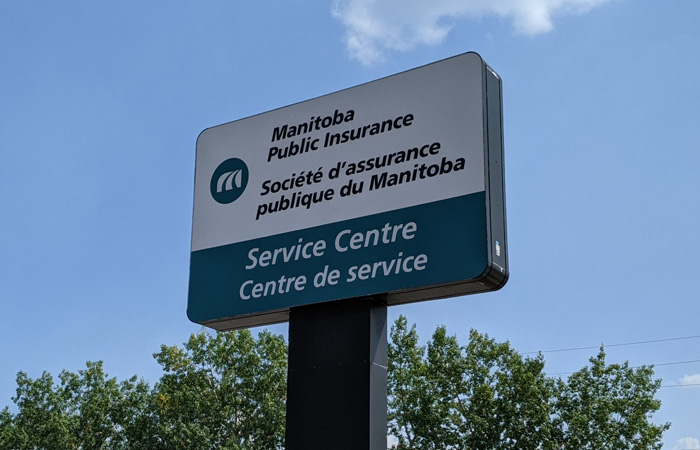As many municipalities anticipate flood conditions beginning or continuing to develop in their communities this weekend, MPI is reminding customers to proactively plan to best protect themselves and their vehicles during this challenging time.
“The safety of our customers is our top priority as many Manitobans deal with impacts of flooding this spring,” said Satvir Jatana, Chief Customer Officer, MPI. “As conditions can change quickly, we encourage those impacted to make a plan to keep their driver’s licence and insurance active and avoid potential damage to their vehicles.”
Impacted Manitobans are encouraged to take the following steps to be as flood-ready as possible:
- Know your renewal options. To ensure customers remain able to renew their driver’s licence and/or vehicle registration on time, options are available. Customers in impacted areas can contact their local Autopac agent to discuss their specific needs, including services available by phone.
- Relocate your vehicles. Move all vehicles, including ATVS, trailers and snowmobiles and others in storage, away from the flood zone to prevent costly water damage. Flood waters can damage your vehicle’s electrical system and major components, including anti-lock brakes and airbags.
- Check your coverage. Before moving vehicles with lay-up coverage, ensure your vehicle is properly registered and insured. A short-term policy or Temporary Registration Permit can be purchased from your nearest Autopac agent or any of our Service Centre locations.
- File a water damage claim. Should your vehicle be damaged by flood conditions, call MPI’s Contact Centre at 204-985-7000 or toll-free at 1-800-665-2410 to open a claim.
Road safety on flooded roadways
If you must travel in flood conditions, MPI reminds motorists to plan ahead as much as possible. Before leaving check road and weather conditions on highways by calling 511 or with local law enforcement for updates in cities and towns.
If you find yourself on or near a flooded roadway this spring, follow these road safety tips:
- Never attempt to cross a flooded road. When driving your vehicle in a flooded region, be on the lookout for flooding at highway dips, bridges and low areas.
- Think about what you can’t see. Before proceeding on a road covered with water, remember that soft road surfaces can give way under a vehicle’s load and that large potholes are often concealed beneath the surface.
- Watch the current. A fast-flowing current over a roadway can cause a possible loss of vehicle control on non-paved surfaces. Proceed with caution!
- Test your brakes after driving through deep water by driving slowly and applying brake pressure lightly. Other parts such as emergency brake cables, axels and electronic components should be dried and checked by a qualified professional as soon as possible.
- Don’t attempt to start your vehicle if it has been submerged in water as you run the risk of unexpected system failure. Call our Contact Centre to open a claim.
- Don’t attempt to retrieve your vehicle from a flooded area until the water has receded and it’s safe to enter.


